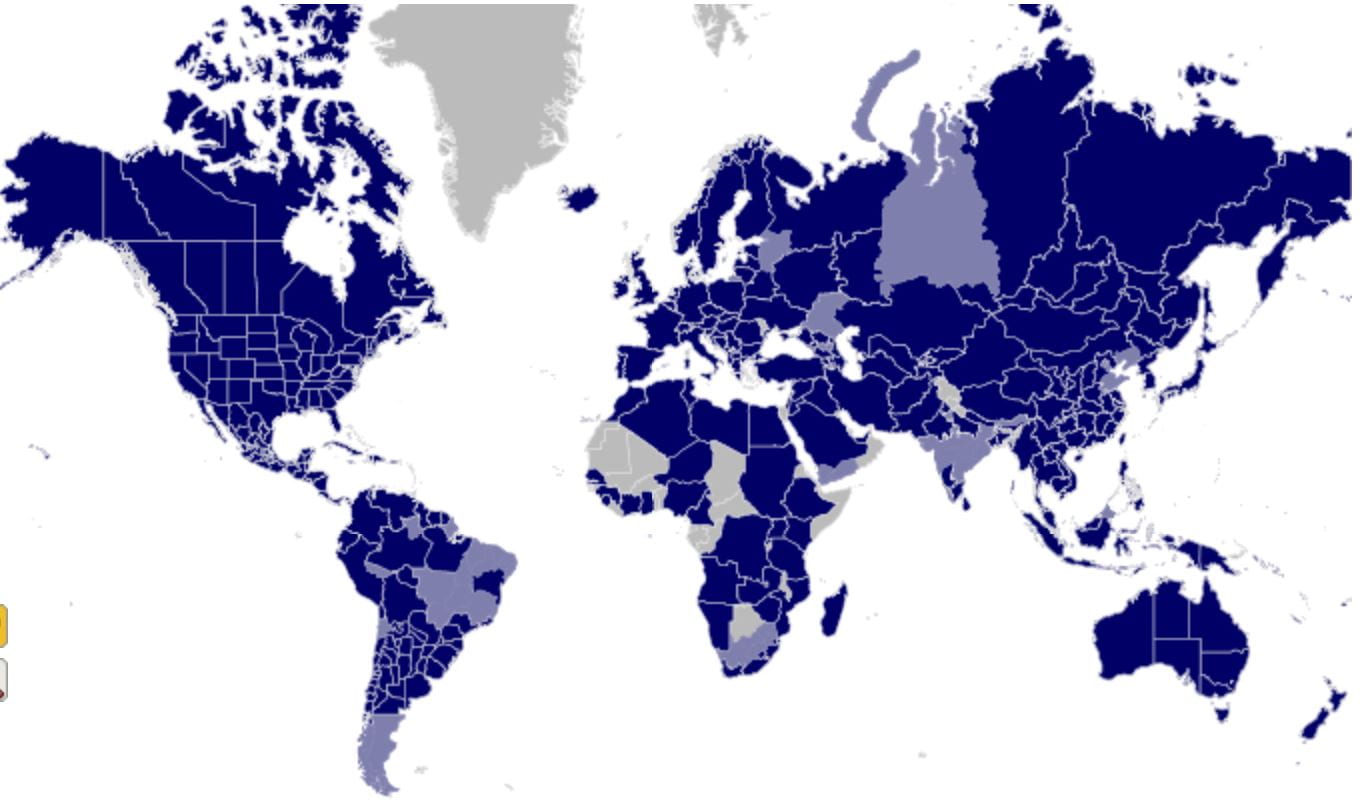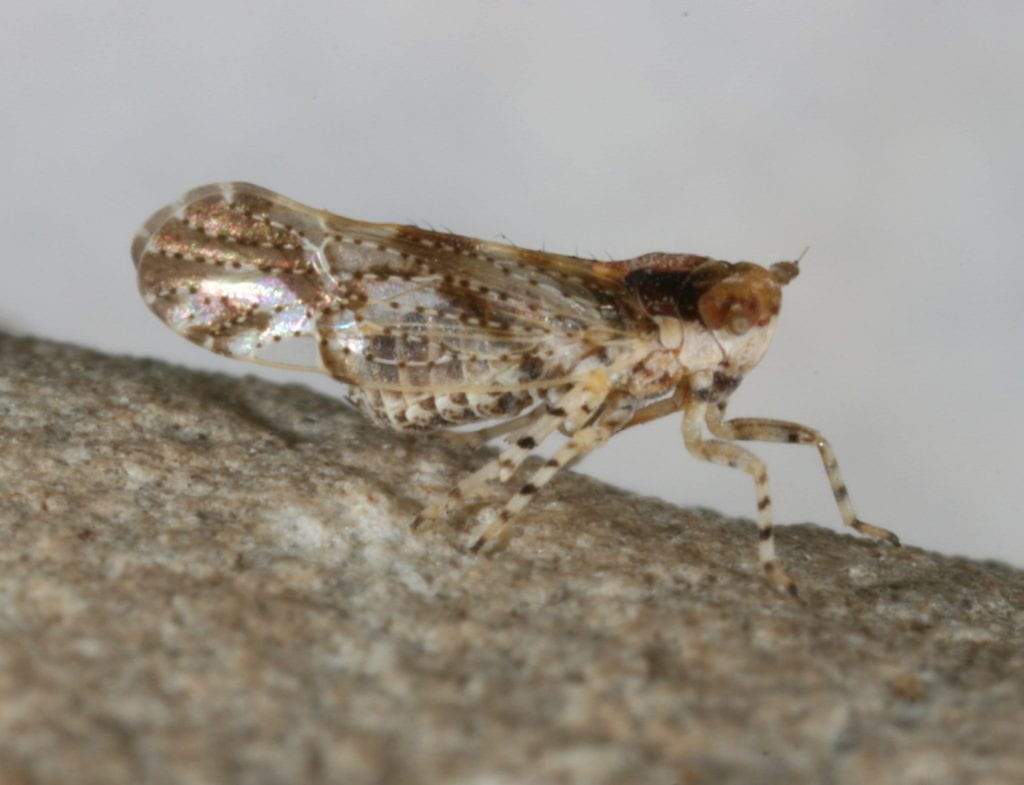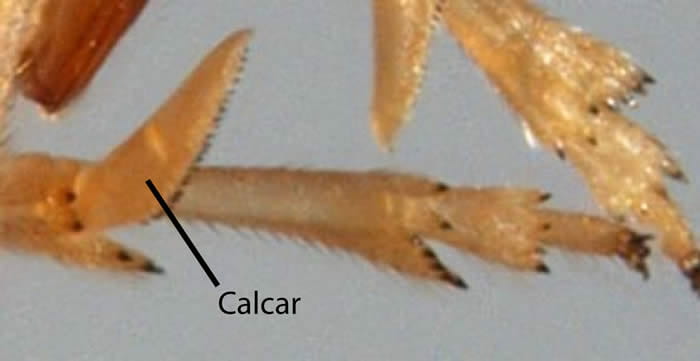Contents
(Left to right) Pissonotus quadripustulatus (Delphacinae, Delphacini); Lamaxa occidentalis (was Malaxa; Delphacinae, Tropidocephalini); Ugyops stigmata (Asiracinae: Ugyopini).(Left to right) Pissonotus quadripustulatus (Delphacinae, Delphacini); Lamaxa occidentalis (was Malaxa; Delphacinae, Tropidocephalini); Ugyops stigmata (Asiracinae: Ugyopini).
This site was originally intended to compile information (especially taxonomic) about delphacid planthoppers (Hemiptera: Fulgoroidea: Delphacidae) north of Mexico, although I have subsequently expanded the scope to include all families of planthoppers (as well as the remaining New World delphacid genera). The content of this site is continually being developed and updated. Its purpose is to present general and technical information concerning planthoppers, including those species that are (or may be) invasive in North America. Delphacid planthoppers are of particular interest as potential pests and invasive species, both due to their direct feeding on economically important plants and as vectors of plant diseases, especially viruses.
The central focus of this website is the development of online identification tools with state and federal identifiers, port inspectors, USDA APHIS PPQ, and extension services in particular, but also both biological scientists and a more general audience should find of value. Initially, I had intended to build interactive keys using Lucid3 software, but the software proved too cumbersome, and only a draft key was completed. Instead, so far, I have published traditional keys that I have been updating iteratively. The site has been moved to a new server (twice), which has created problems with links and images that I update as they are discovered and I find time.
This site includes a searchable bibliography of post-1940 literature (plus a digital PDF library for select pre-1940 literature), primarily post-1940 (earlier literature is on DrMetcalf).
Delphacid classification synopsis and list of world genera (includes links to delphacid genus-pages).
A synopsis of New World genera is here.
New World genera
New World genera, including genera putatively in the New World (i.e., reported or misplaced nomenclaturally), plus key economic genera
Family Delphacidae
Subfamily Asiracinae
Tribe Asiracini – Asiraca, Copicerus
Tribe Idiosystatini – Idiosemus, Idiosystatus,Pentagramma
Tribe Neopunanini – Neopunana
Tribe Platysystatini – Equasystatus, Pentasteira, Pichinchana, Platysystatus
Tribe Tetrasteirini – Tetrasteira
Tribe Ugyopini – Canyra, Ugyops
Subfamily Plesiodelphacinae – Burnilia, Plesiodelphax
Subfamily Kelisiinae – Kelisia
Subfamily Stenocraninae – Embolophora, Frameus, Kelisicranus, Obtusicranus, Stenocranus, Tanycranus
Subfamily Delphacinae
Tribe Saccharosydnini – Lacertinella (= Lacertina), Neomalaxa, Pseudomacrocorupha, Saccharosydne
Tribe Tropidocephalini – Columbiana, Columbisoga, Epeurysa, Lamaxa, Macrocorupha, Malaxa, Procidelphax, Xalama
Tribe Delphacini – Abbrosoga, Achorotile, Aethodelphax, Akemetopon, Ampliphax, Anchidelphax, Astatometopon, Athenidelphax, Bakerella, Bostaera, Caenodelphax, Calbodus,Calkinodelphax,Chionomus, Chloriona, Conomelus, Criomorphus, Delphacodes, Delphax, Dicranotropis, Distantinus (=Matutinus), Elachodelphax, Euidelloides, Euides, Eumetopina, Euryburnia (replacement name for Nearctic Eurybregma), Eurysa, Falcotoya, Flavoclypeus, Hadropygos, Harmalia (see Opiconsiva), Isodelphax, Javesella, Kelisoidea, Keyflana, Kormus, Kosswigianella, Kusnezoviella, Laccocera, Laodelphax, Lepidelphax, Leptodelphax, Liburnia (junior syn. of Embolophora), Liburniella, Macrotomella, Matutinus (replaced by Distantinus), Megadelphax, Megamelanus, Megamelus, Melaniphax, Meristopsis, Metadelphax, Muellerianella, Muirodelphax, Neodelphax, Neomegamelanus, Neoperkinsiella, Nesosydne, Nicetor, Nilaparvata, Nothodelphax, Opiconsiva (inc. Harmalia), Paradelphacodes, Paraliburnia, Pareuidella, Parkana, Penepissonotus, Peregrinus, Perkinsiella, Phrictopyga, Phyllodinus, Pissonotus, Prokelisia, Pygospina, Pyrophagus, Ribautodelphax, Rotundifronta, Salinesia, Scolopygos, Sogatella, Sparnia, Spartidelphax, Stobaera, Syndelphax, Synpteron, Tagosodes, Tarophagus, Toya, Tragediana, Tumidagena, Unkanodes, Yukonodelphax
What are delphacids?
“Planthoppers” is a general term for any insect in the infraorder Fulgoromorpha. Planthoppers are insects related to leafhoppers, treehoppers, spittlebugs, and cicadas (but these are in the infraorder Cicadomorpha). Most delphacids are between 2-4 mm in size (ranging from ~1.5 – ~10.0 mm). Delphacids are easily distinguished from other planthoppers and similar insect families (viz. the cicadomorphs) by the presence of a large, movable spur (the ‘calcar’) on the apex of the hind tibiae. Delphacids are mostly grass-feeders (often in wet – or at least mesic – situations), although some feed on sedges, rushes, and broad-leaved plants, especially those in the aster family. Endemic delphacids in Hawaii have evolved on many dicot taxa.
Number of species
Worldwide, there are over 2,200 described species of delphacids (427 genera); however, many species are not described (i.e., not “known to science”). Most new species are from the tropics, but some new species are found in otherwise well-known regions, such as the eastern United States. North of Mexico, there are approximately 61 genera and 312 species in the U.S. (in 4 subfamilies and 5 tribes) plus an additional 5 genera and 26 species in Canada (total 66 genera, 338 species). Canada has 39 genera and 146 species by my count. From Mexico and south (including the Caribbean), there are 67 genera and 304 described species (excluding 1 nomen dubium and 2 subspecies). In total, for the New World, there are 100 genera and 576 species.
Distribution
Delphacids are broadly and rather evenly distributed from tropical to arctic latitudes, including all continents and islands, except Antarctica. While species diversity may eventually be shown to be highest in moist tropical regions, at present most species have been described from north temperate regions. Far northern regions, such as Alaska, northern Canada, and Siberia, have surprisingly diverse faunas (however, the reported fauna of Iceland is a single species). Distant oceanic islands such as Hawaii and the Galapagos have endemic faunas and adventive species (Hawaii has 143 endemic species plus 10 adventive).

Distribution of Delphacidae from FLOW (as of 31 Jan. 2020). (gaps – e.g., in Africa – are lack of data)
Suggested citation of website
Bartlett, C. R. and contributors. 2020 (and updates). Planthoppers of North America. Available at https://sites.udel.edu/planthoppers/ (accessed on [date]).
Contact: Bartlett[at]udel.edu.
Photographs, unless otherwise indicated, are by Kimberley Shropshire, Charles Bartlett, or UD Dept. Entomology grad students. Such photos were supported by USDA NRI Grant No. 2009-55605-05006, and are available (with attribution) for educational, scientific, or other non-commercial use based on a Creative Commons license. Photos from other sources are used by permission and attributed to that source – permission for further use is not mine to grant and should be sought from the attributed source.




